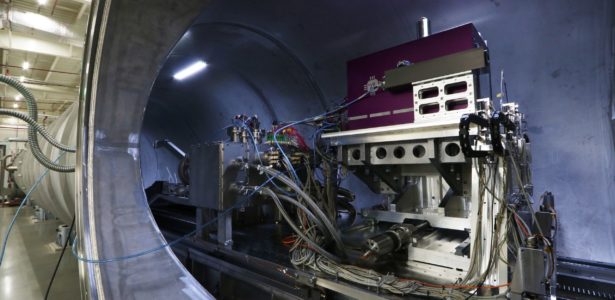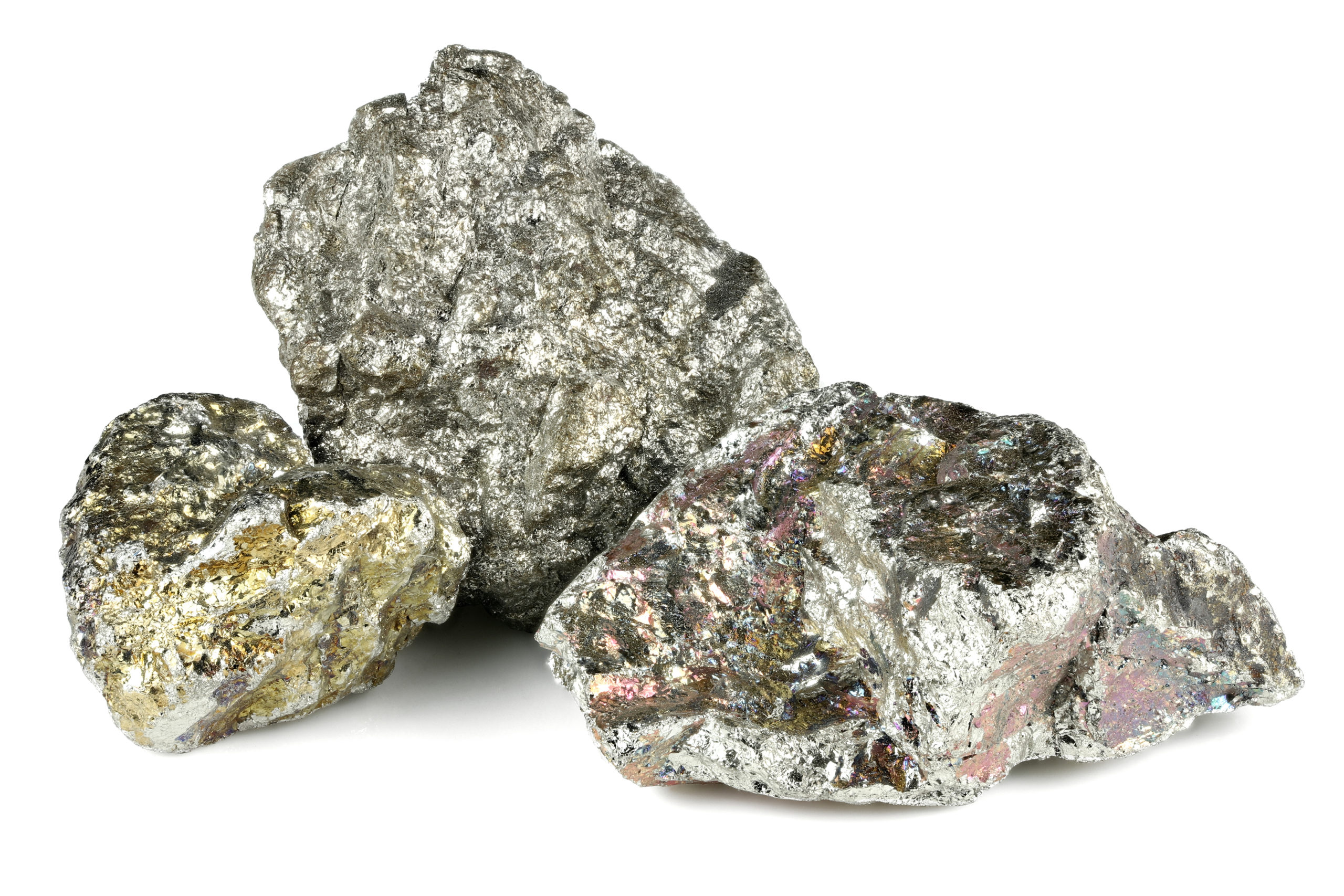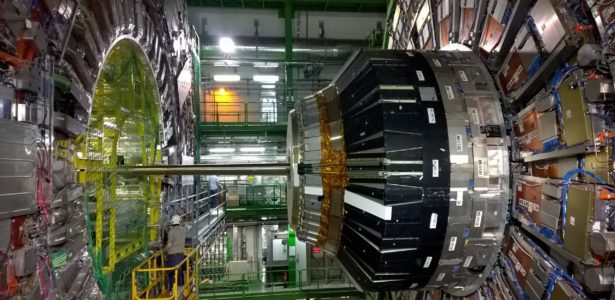Developing new technologies to produce equipment, and mastering materials manipulation on a variety of scales are part of CNPEM’s expertise.
CNPEM has forged partnerships with industry in Brazil and abroad and invested in its internal team over its history to build the capacity to design and produce scientific instruments, a competence associated with the knowledge accumulated since the construction of Brazil’s first synchrotron light source. For example, today the Center operates one of the most advanced vacuum infrastructures in the country, with the capacity to manufacture chambers using various materials (stainless steel, copper, aluminum, and ceramics), and has developed complex welding techniques for applications that require pressures typically found in space (below 10-11mBar) and are fundamental for synchrotron operations, manufacturing superconducting magnets, and cryogenic systems. In the area of digital electronics, CNPEM designs and develops different operating components for complex diagnostic and control systems, precision machines composed of advanced mechanical systems, in order to adapt applications of the different research techniques available to the many types of samples and conditions required in experiments. In the area of catalysis and energy, the development of a catalytic reactor simulator with controlled reagent flow is a highlight. These are just a few examples of CNPEM’s efforts to develop scientific tools and instrumentation related to the operation of large and complex research infrastructures. In short, the design, development, and operation of complex infrastructures and equipment are one indication of a country’s technological capacity. CNPEM’s performance in this area moves Brazil beyond just an importer of equipment to a country that also accumulates technical skills by developing technologies with export potential. This is a significant milestone for the country and part of the mission of its technology centers.




